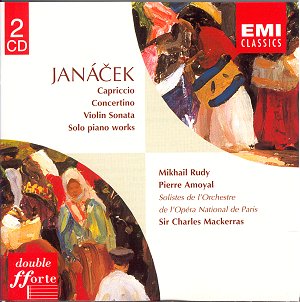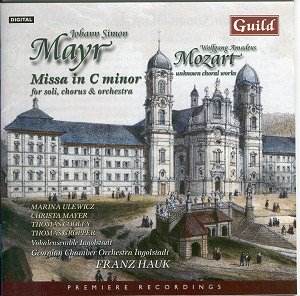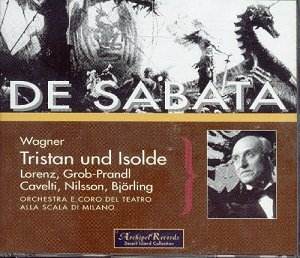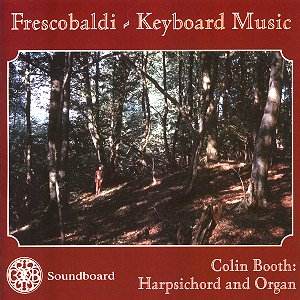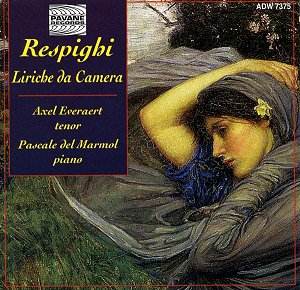 Composer: Ottorino Respighi
Composer: Ottorino Respighi
Works: Liriche da Camera – Italian Songs: Deità silvane, I fauni, Musica in horto, Egle, Acqua, Crepusculo, Da cinque canti all’antica: L’udir talvolta nominare, Ballata, Ma come potrei, Bella porta di Rubini, Individual songs: Ultima ebrezza, Pioggia, Lagrime, Tanto bella, Notte, Razzolan, sopra a l’aia le galline, Luce, Soupir, Contrasto, Invito al danza, Storia breve, Scherzo, Notturno
Performers: Axel Everaert (tenor), Pascal del Marmol (piano)
Recording: Recorded at Théâtre La Colonne à Miramas, France, 21-23 April 1997
Label: Pavane ADW7375
Respighi, often celebrated for his symphonic poems like the “Fountains of Rome” and “Pines of Rome,” also made significant contributions to the realm of song. His “Liriche da Camera,” a collection that encapsulates a myriad of moods and poetic texts, stands as a testament to his melodic dexterity and textural sophistication. These works, primarily composed during his formative years, exhibit the influence of late-Romantic Italian song, particularly drawing on the stylistic elements established by composers like Tosti. With this recording featuring tenor Axel Everaert and pianist Pascal del Marmol, listeners are afforded a rich exploration of Respighi’s lyrical landscapes, marked by both passion and tenderness.
Everaert’s interpretation is characterized by a silky legato that delicately navigates the intricate vocal lines of Respighi’s music. His sensitivity to the text and melodic contours allows each phrase to unfold with a natural elegance, although one might argue that his approach occasionally lacks the dramatic urgency found in Leonardo de Lisi’s interpretations. For example, in “Ma come potrei,” the emotional weight of the music could benefit from a more robust vocal command, potentially mirroring the fervent despair inherent in the text. Conversely, Everaert’s lighter vocal timbre suits the more atmospheric pieces like “Contrasto,” where the haunting lyricism of the line “The moon weeps with slow tears…” resonates beautifully against the delicate piano accompaniment. Del Marmol’s playing is both supportive and evocative, enhancing the narrative qualities of the songs with thoughtful phrasing and a nuanced touch.
Technical aspects of the recording merit attention as well; the sound quality is pristine, capturing the intricate interplay between voice and piano with clarity. The engineering allows for a balanced soundstage, where Everaert’s voice emerges distinctly against the textured piano backdrop. However, the absence of the song texts in the accompanying booklet is a notable oversight. Given that Respighi’s songs are not as widely known as those of his contemporaries, providing the texts would have enriched the listener’s engagement with the music and its subtleties.
Noteworthy is the inclusion of less familiar works like “Razzolan, sopra a l’aia le galline,” a charming depiction of youthful longing and unrequited love, wherein Everaert effectively captures the playful yet poignant essence of the narrative. The abrupt change in tempo at the song’s conclusion serves as a masterful twist, reflecting the ‘sting in the tail’ of the young girl’s retort. Such interpretative choices highlight the singer’s understanding of the text’s emotional landscape, although one could argue that a more dramatic reading might elicit an even stronger response from the audience.
The Pavane recording stands alongside the 1996 Channel Classics album featuring de Lisi, presenting contrasting interpretations that deepen our understanding of Respighi’s art. While both tenors bring unique qualities to the songs, the overall performance here demonstrates a refined sensitivity and lyrical beauty that is commendable. Each track is an exploration of the diverse emotional palette that Respighi’s songs encompass, making this album a valuable addition to the growing discography of his vocal works.
This collection, while not exhaustive, provides a nuanced view of Respighi’s lyrical output, performed with commendable artistry. Everaert’s interpretations, alongside del Marmol’s thoughtful piano accompaniment, create an engaging listening experience that invites listeners to explore the often-overlooked realm of Italian song.
